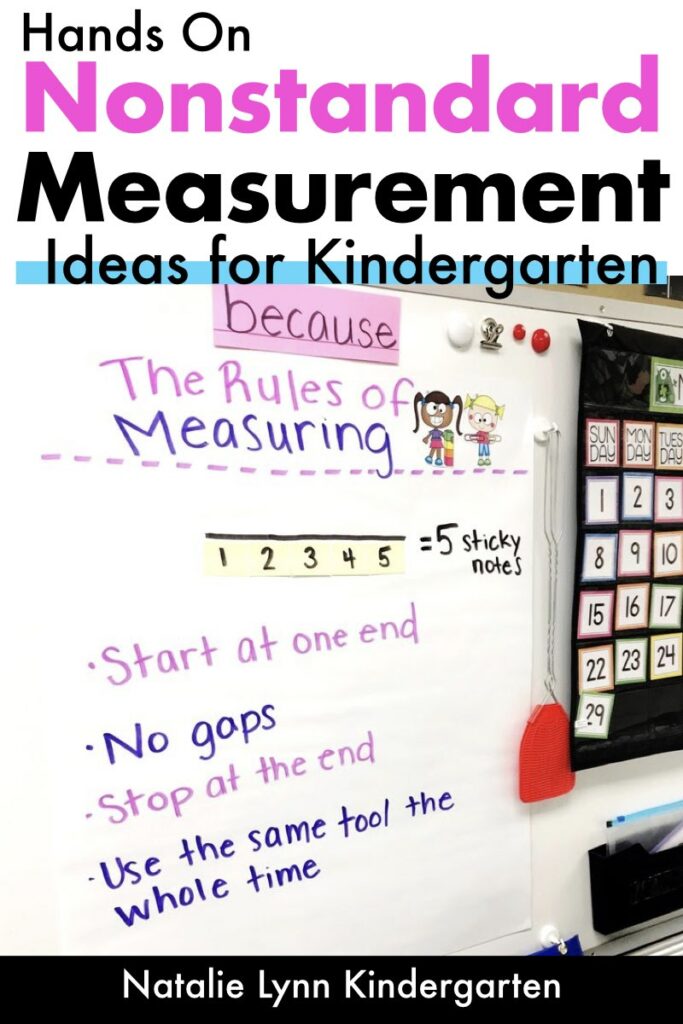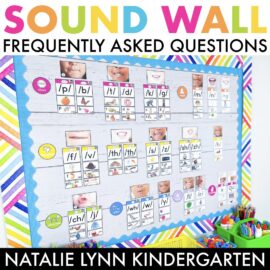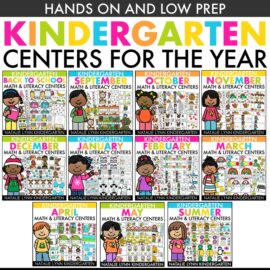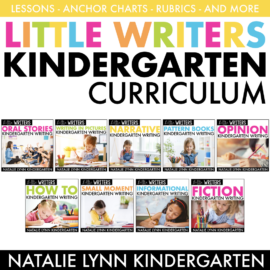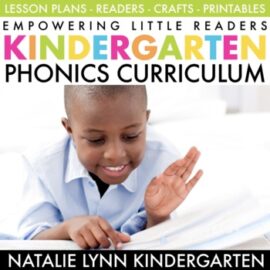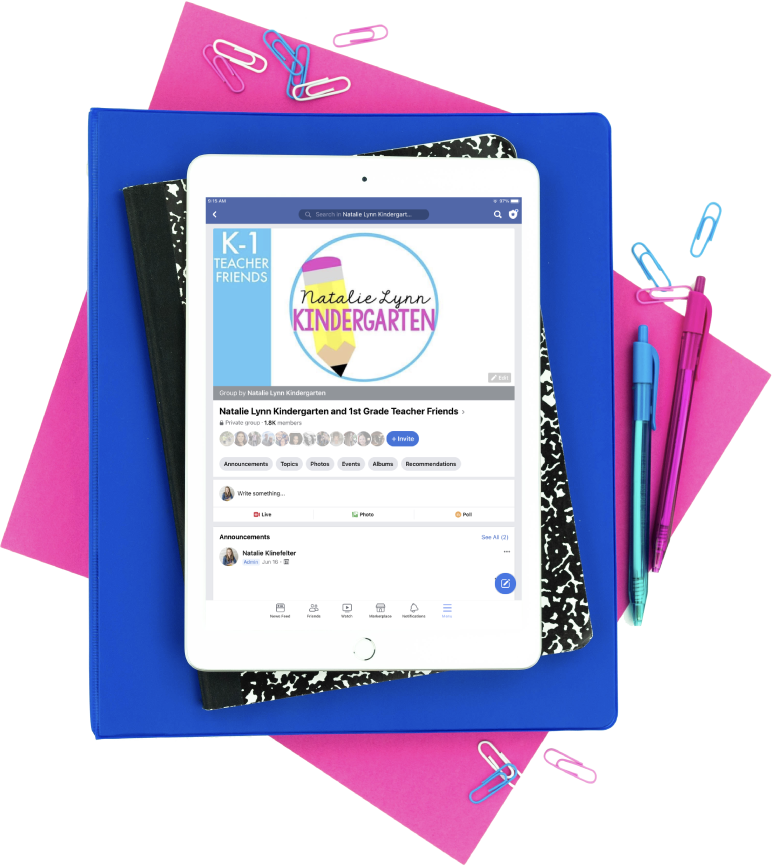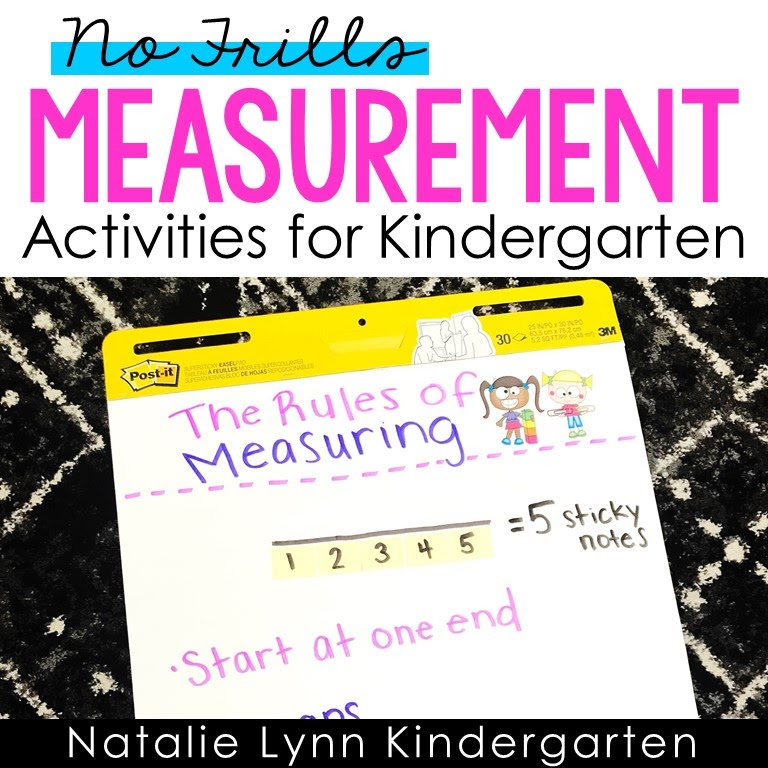
In this blog post: Find low prep, engaging nonstandard measurement activities for Kindergarten math. Practice nonstandard measurement with length, height, and weight.
Nonstandard measurement is one of my FAVORITE Kindergarten math units because it has the opportunity to be so hands on. These kindergarten nonstandard measurement activities are no frills, but high engagement!
Activities for Comparing Length in Kindergarten
Before we begin nonstandard measurement, we begin with comparing and ordering. Students learn how to compare things that are longer and shorter. I like to help my students remember these math vocabulary words with a song. It goes to the tune of “Deep and Wide”:
“Long and short, Long and short,
We know things are long and short.
Long and short, long and short,
We know things are long and short.”
I know, it seems super simple, but the kids love it! As we sing, we use our hands to show long and short. You can also add in new verses for tall and short or heavy and light.
Then, I have my students fold a piece of blank paper in half. On one side they write “longer” and on the other side they write “shorter.”
Each student also gets a popsicle stick. Then I let them loose! They get to take their popsicle stick around the room and compare it to objects.
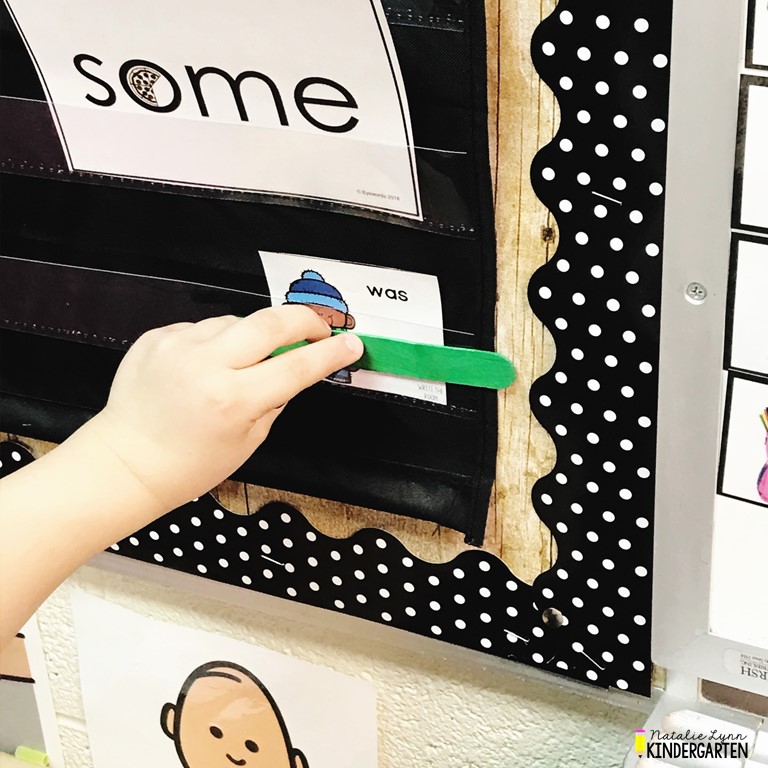
When they find things that are longer or shorter than their popsicle stick, they will draw it on the correct side of their paper.
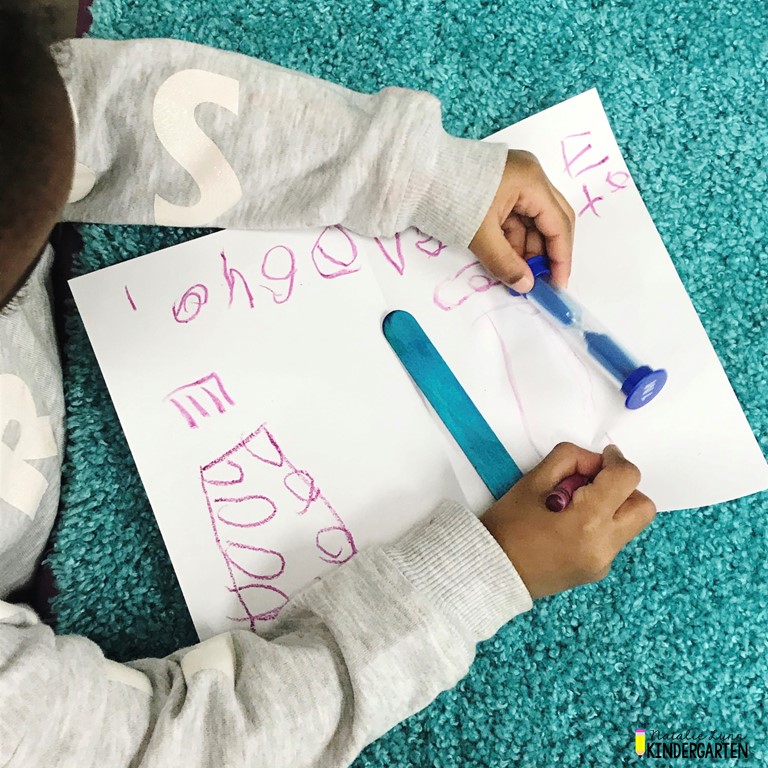
This is an activity that we repeat for comparing heights as well.
Then, we introduce longest and shortest. I usually cut up sentence strips into different lengths. Then, I have my students help me put the strips in order from shortest to longest.
Students get to practice comparing and ordering lengths from longest to shortest on their own paper as well. I give them a pile of pre-cut strips and a blank piece of paper for this.
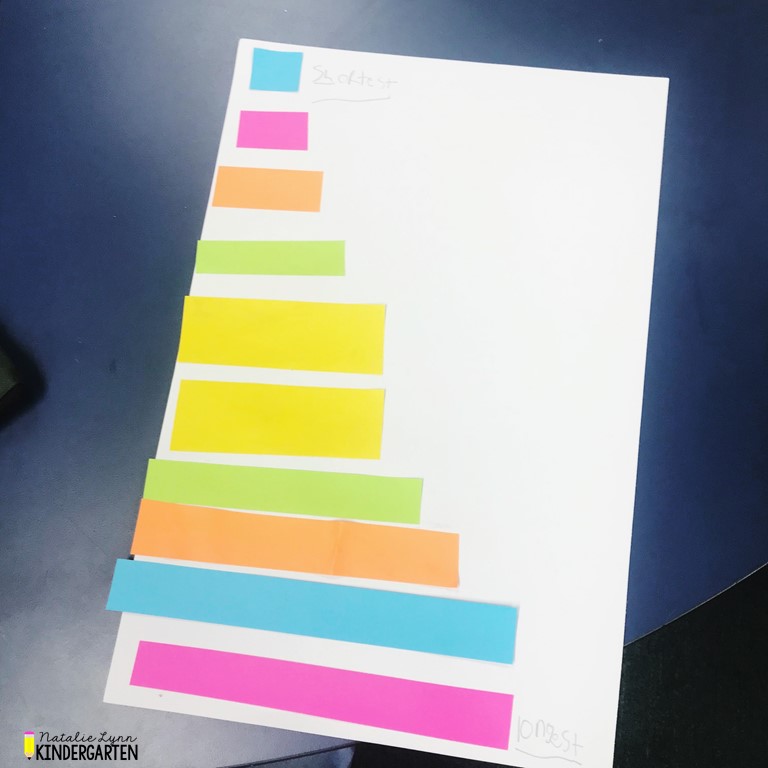
Introducing Nonstandard Measurement in Kindergarten
When we begin teaching nonstandard measurement with units in Kindergarten, we start with measuring length. This tends to be the easiest form of measurement for my students to understand.
I first introducing nonstandard measurement with length by drawing a line on the board. Then, I attempt to measure it for my students (I used the Schoolgirl Style magnetic numbers).
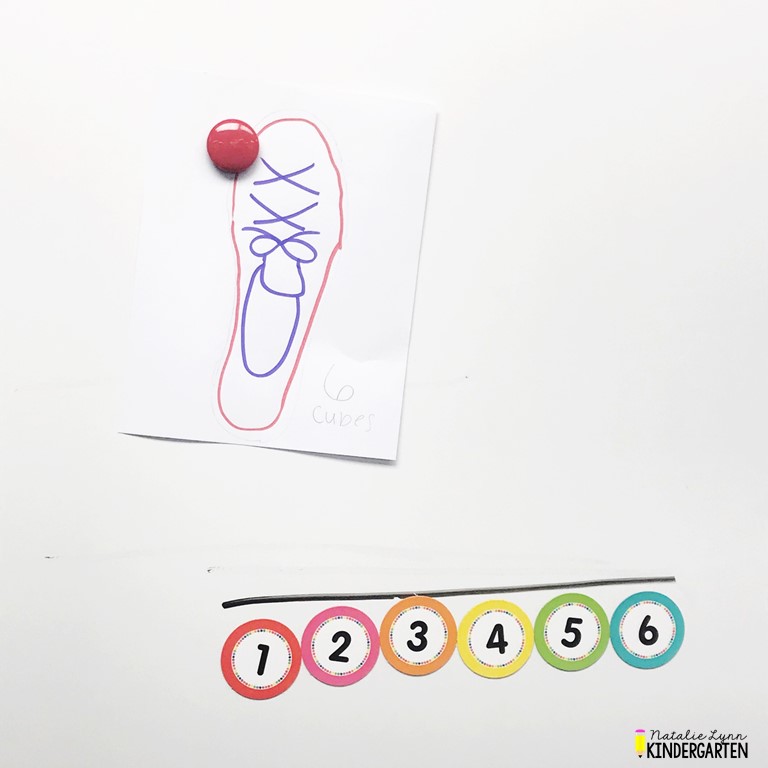
First, I measure the correct way. Then, I decide to ‘check’ my answer and measure again. This time I make mistakes – I put the pieces too far apart or I put some close and some far or I grab a smaller magnet.
The students get to correct me and explain why i’m not getting the same answer.
We use their answers to make this Rules of Nonstandard Measurement anchor chart:
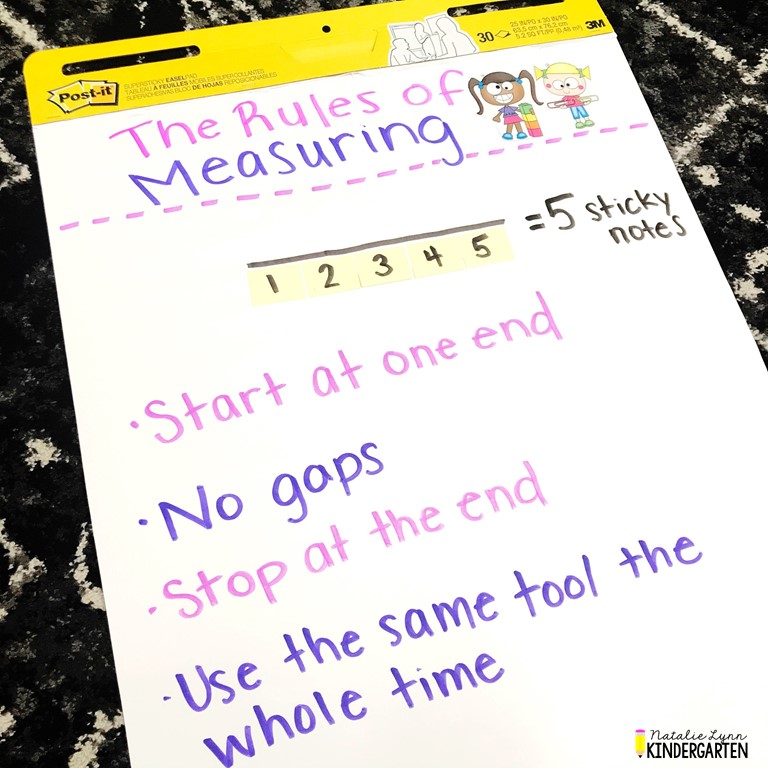
Now comes the fun part – students get to practice measuring length themselves! I put out trays of random items for them to measure and just let them explore.
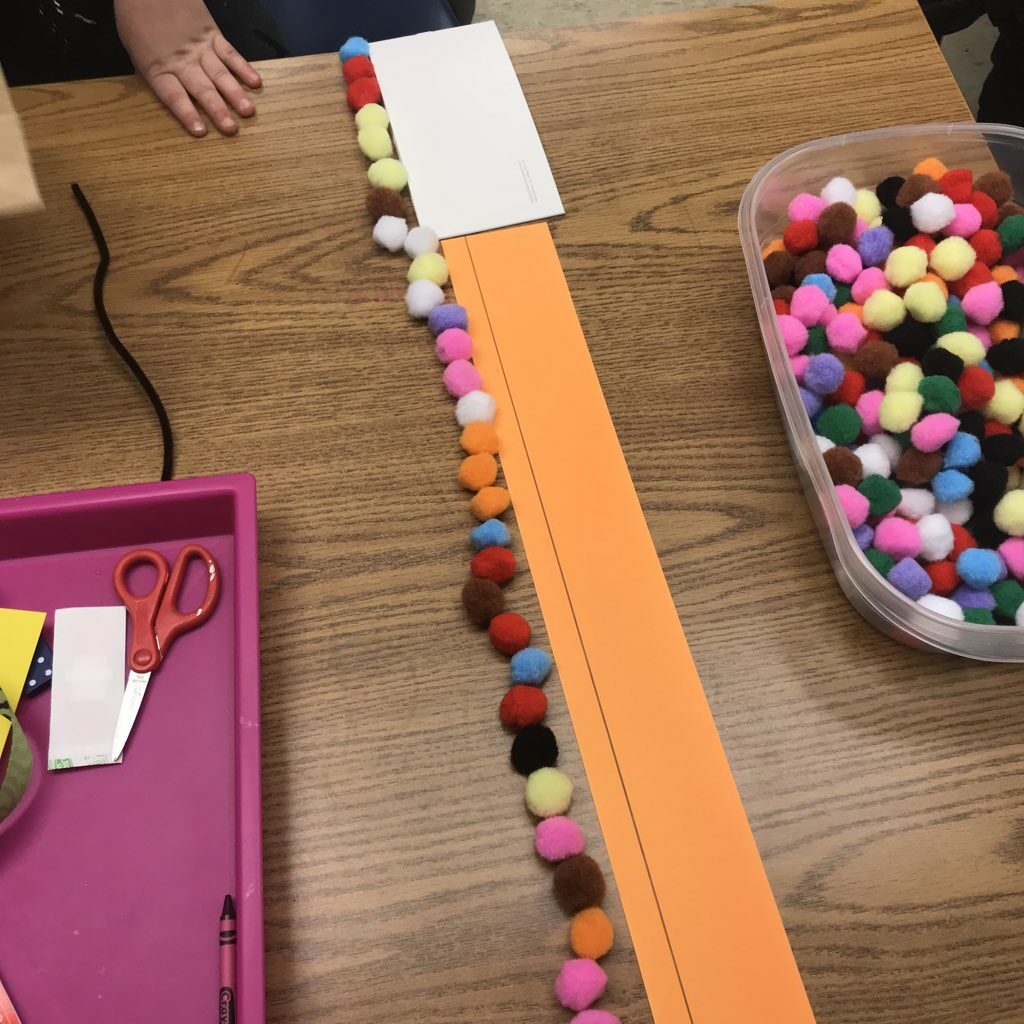
Measuring Length | Nonstandard Measurement Activity
This is one of my favorite activities to practice measuring length. First, I show my students how to trace their shoe (or trace their neighbor’s shoe). Then, they color it in to match the shoe they are wearing. This just makes it more fun!
At each table, I put a different nonstandard measurement unit. You can really grab any tub of uniform manipulatives for this!
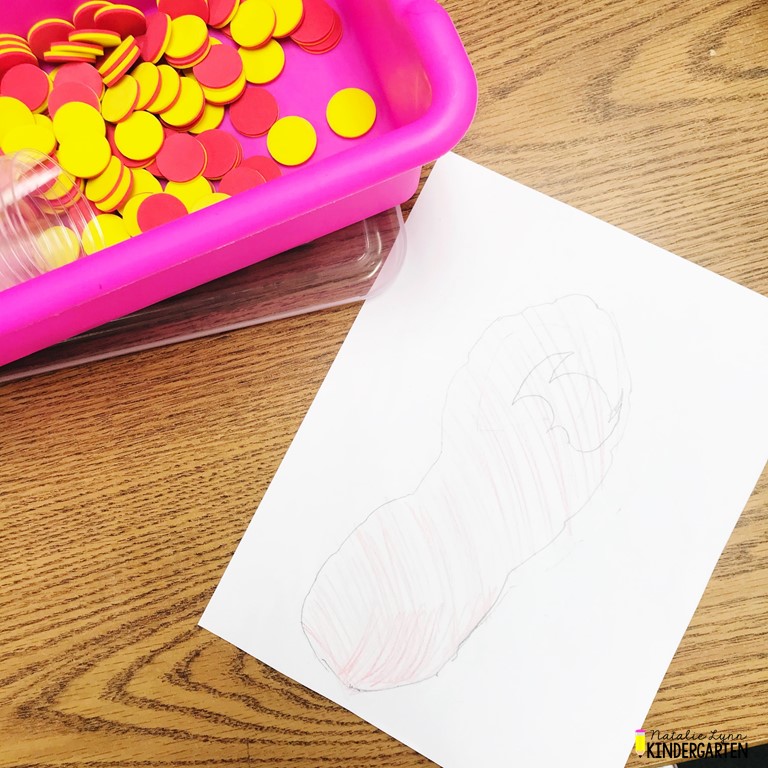
Students use the manipulatives to measure how long their shoe is.
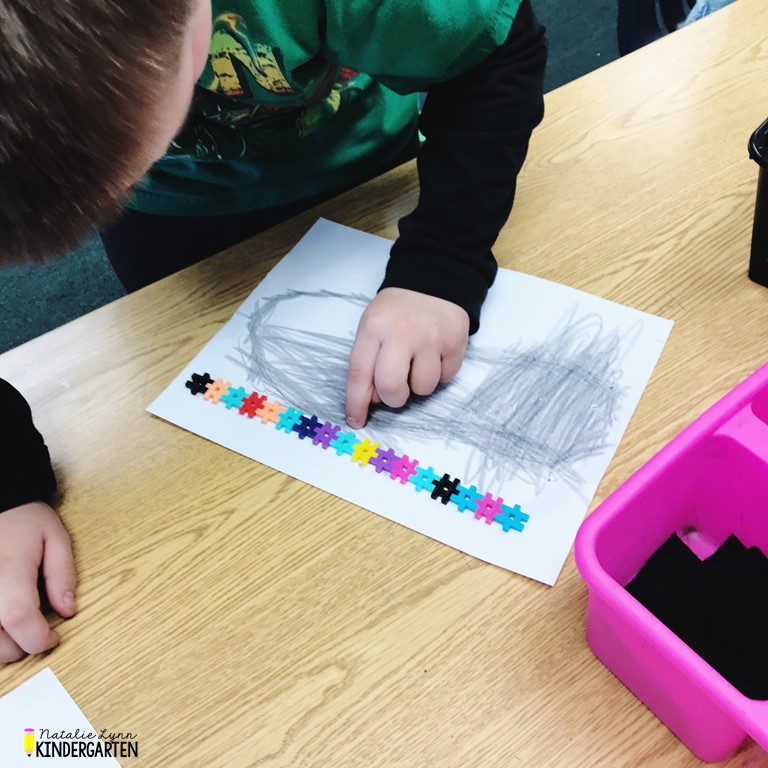
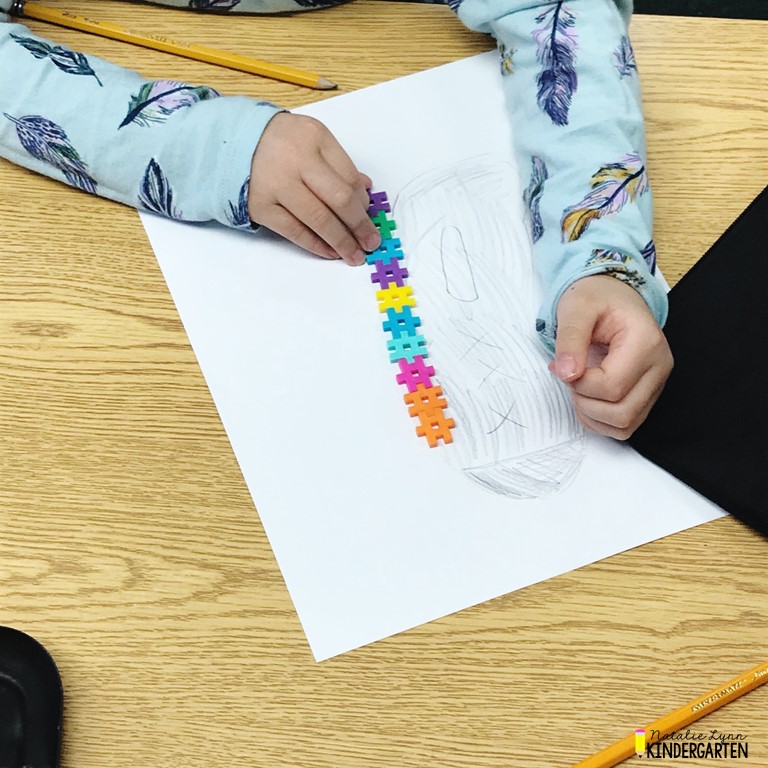
Once they finish measuring their shoe at their table, I usually let them switch tables and try measuring with a different type of manipulative. That way they can compare how the size of the counter changes the length of the object.
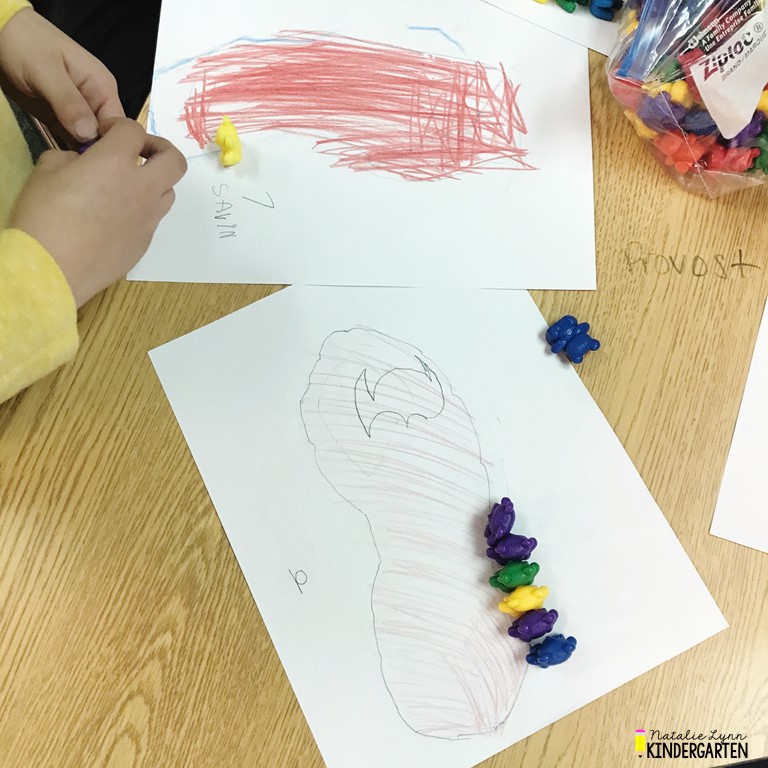
Don’t want to use shoes? You could let students trace their hands or even a book!
Measuring Height | Nonstandard Measurement Activities
When you begin nonstandard measurement with height, of course you have to measure each other! Students use sticky notes to measure how tall their friends are.
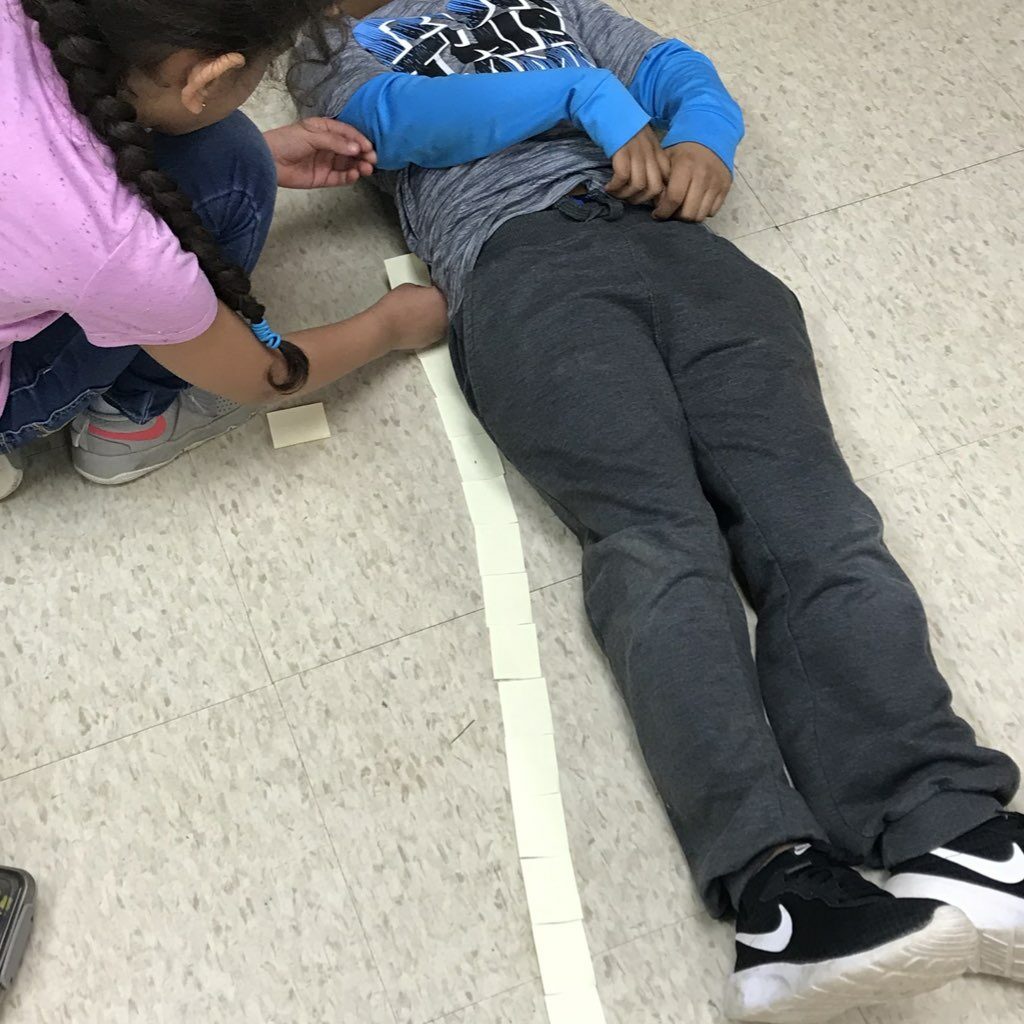
You could measure string to the same length as students and then have them measure that, but it’s not as much fun!
Once students measure how tall they are, have them record the number. You could have them put those sticky notes in a line straight up a piece of butcher paper and then compare heights that way if you wanted to. Otherwise, you could just compare the numbers.,
We use this flower nonstandard measurement craft as an assessment for measuring height in kindergarten. This wasn’t my original idea, but i’m not sure where I saw it.
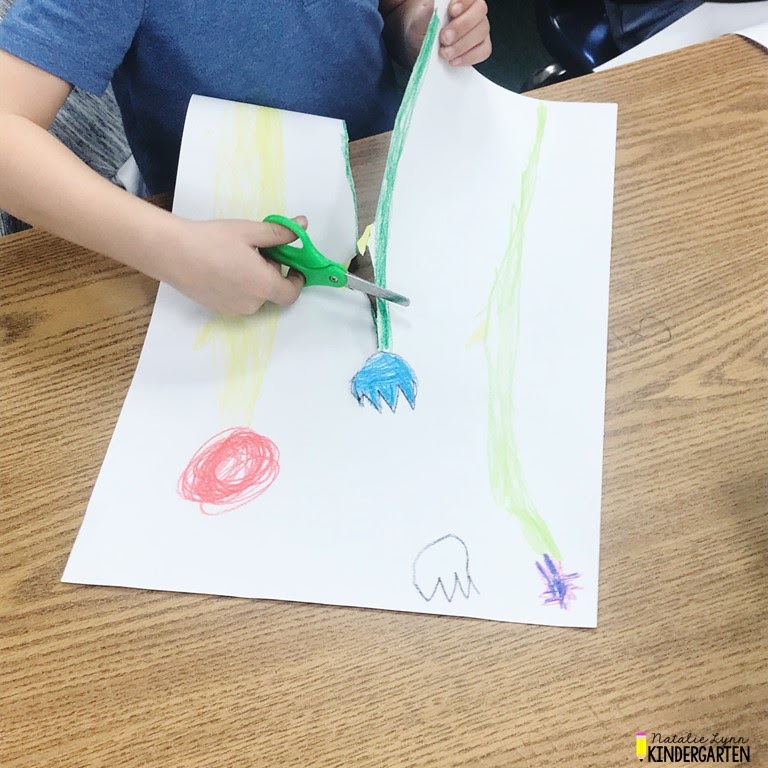
First, students draw three flowers of differing lengths. They cut them out and glue them on a piece of large construction paper. You can decide if you have students order them by height or not.
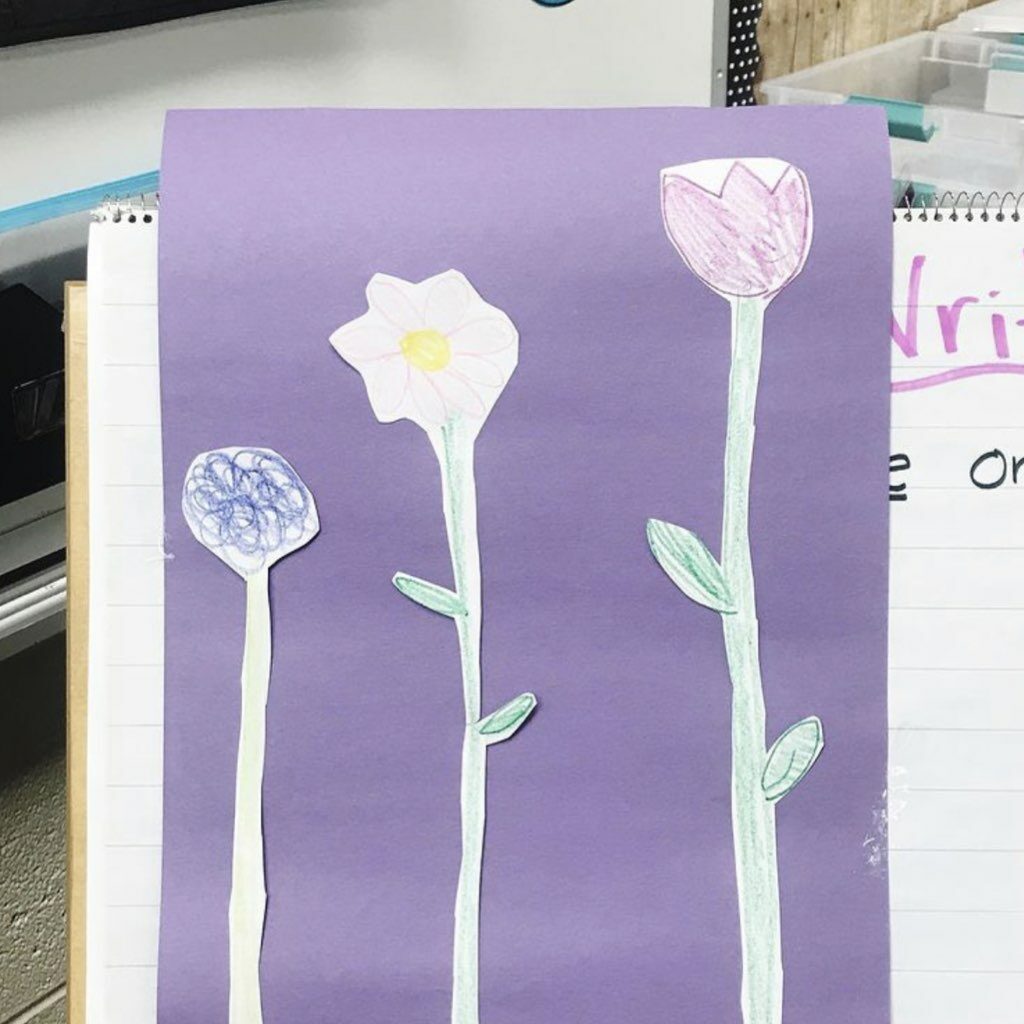
Then, they use counters to measure the height of each flower.
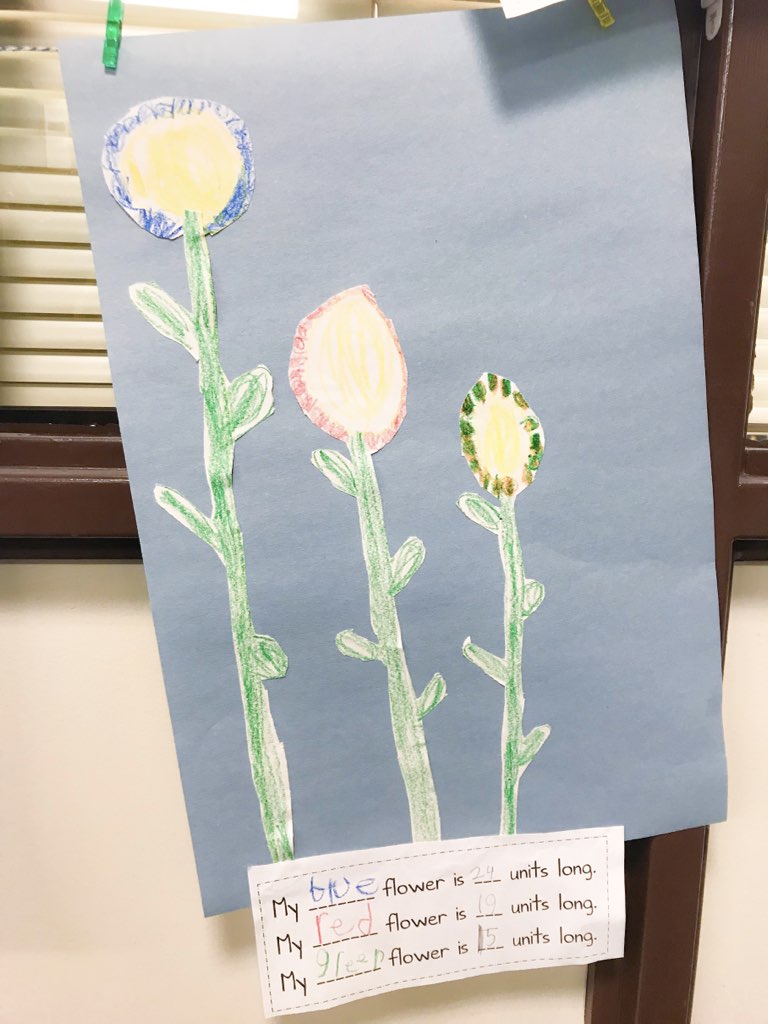
This is a fun nonstandard measurement art project because each one turns out unique.
Measuring Weight with Nonstandard Measurement
This is my favorite activity for nonstandard measurement with weight! I have enough balance scales in my classroom to have one per table, but if you don’t you could do this nonstandard measurement activity whole group and then make it a math center.
Each table gets a balance scale, a unit of measurement, and a tray of objects to measure. Every table gets the same objects on their tray, but they get a different unit of measurement.
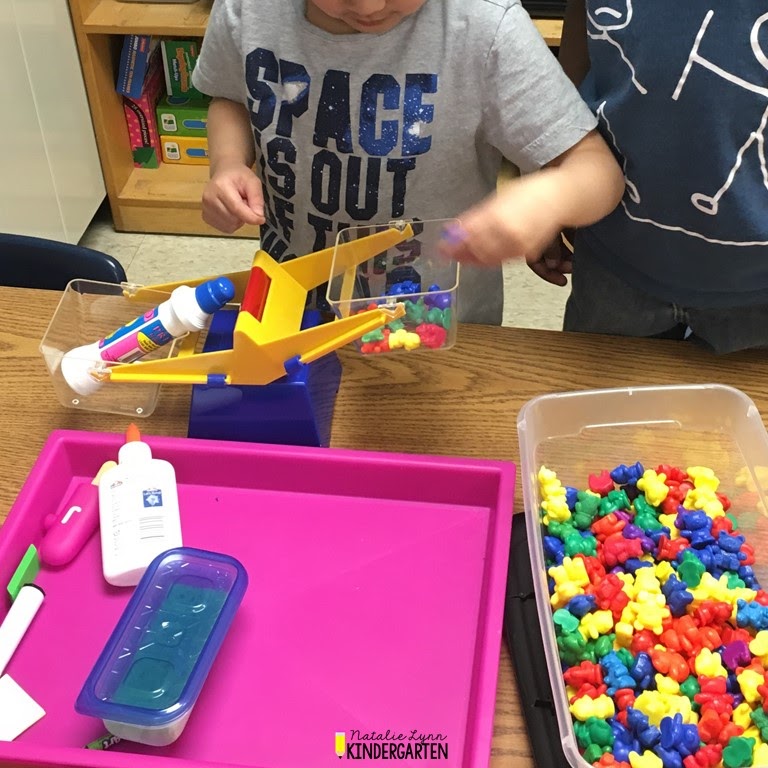
Students work together as a table to measure the weight of each object using the balance scale. Then, they label the objects using sticky notes.
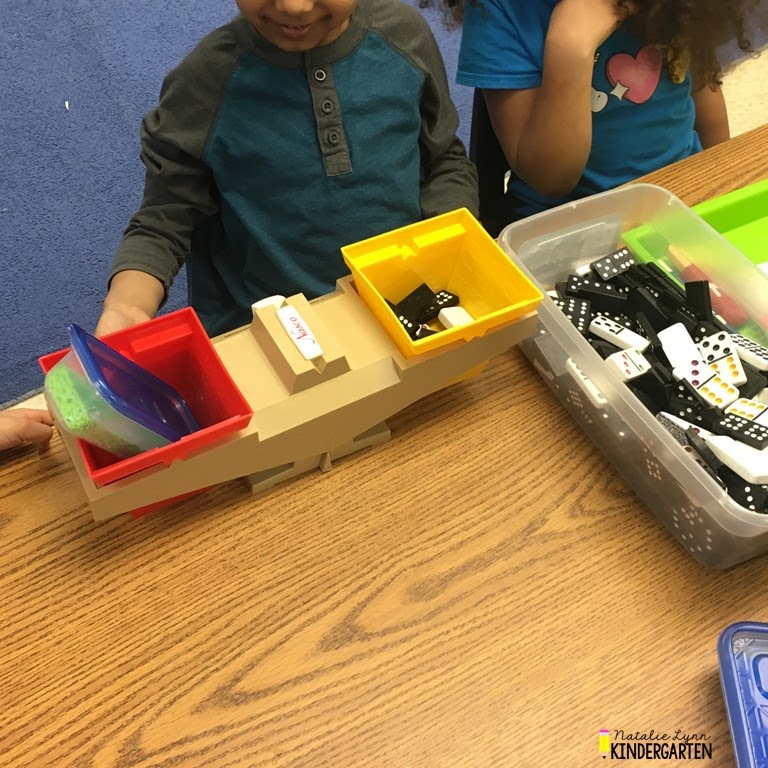
When they are done, we can compare the objects and see how the unit of measurement changed the weight. For example, it will take more bears than dominoes to measure the weight of a crayon box.
We do a similar nonstandard measurement weight activity in December during our gingerbread unit with gumdrops.
Are you teaching nonstandard measurement in Kindergarten?
Are you teaching nonstandard measurement in Kindergarten this year? Do you want your math unit already planned out for you with lesson plans, printables, nonstandard measurement activities, and assessments? My Kindergarten Nonstandard Measurement unit has got you covered! Grab it here.
Pin for later:
